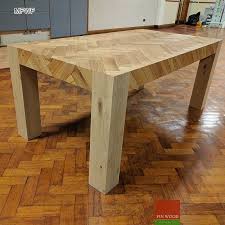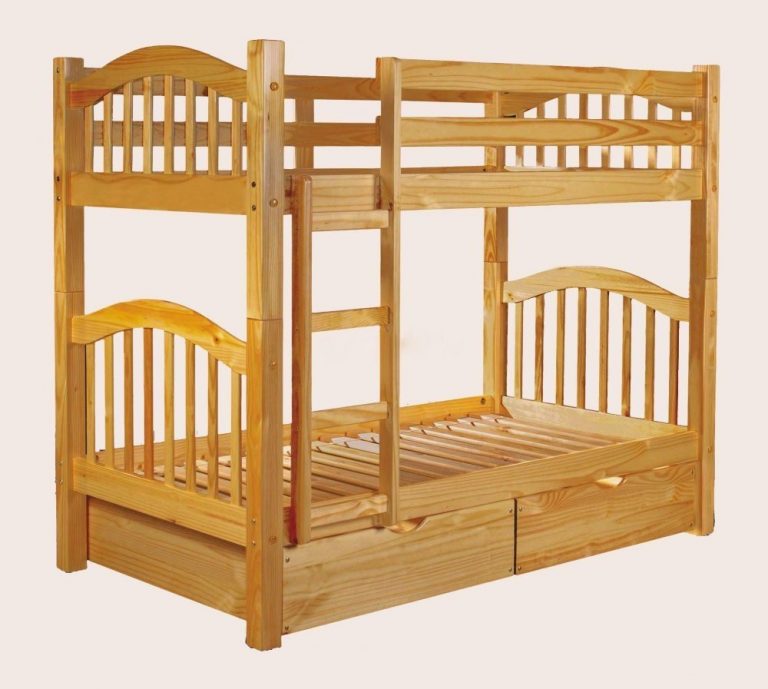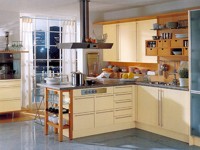FOR SAVING A WOODEN FURNITURE AND A PARQUET
 To preserve wooden furniture and parquet
To preserve wooden furniture and parquet
Wooden floor coverings, furniture, musical instruments and other accessories made of wood, which are present in residential buildings, office premises, shops, are sensitive to environmental influences. In other words, they are no less demanding on healthy climatic conditions than people. Why? The tree absorbs or loses moisture and, accordingly, expands or dries out, depending on the level of humidity and ambient temperature. Everyone who has ever worked with it knows about this dependence of wood on humidity and temperature. Let’s recall, if of course we carefully listened to sellers of wooden furniture and parquet, that it would not be recognized as a guarantee case that parquet had dried up and the coating was all cracked if we did not comply with the requirements for caring for it.
Optimum humidity is one of the most important criteria for the maintenance of wooden furniture, parquet. The ideal humidity for wood products is 40-65% at a temperature of 18-25 ° C. In winter, when the air in the room becomes unbearably dry, the humidity drops to around 15-20%, which corresponds to the equilibrium moisture content of wood only 4-5% (with a norm of 8-12%)! It is the decrease in air humidity below the maximum permissible level that is the main cause of premature aging of furniture and the loss of its appearance.
The American Society of Heating, Refrigeration, and Air-Conditioning Engineers (ASHRAE) published data on “acceptable” indoor conditions, according to which the temperature should be in the range of +21 to + 24 ° C, and the relative humidity can range from 40 to 50% , and better, up to 60%.
Optimum humidity is one of the most important criteria for the maintenance of wooden furniture, parquet.
The ideal humidity for wood products is 40-65% at a temperature of 18-25 ° C. In winter, when the air in the room becomes unbearably dry, the humidity drops to around 15-20%, which corresponds to the equilibrium moisture content of wood only 4-5% (with a norm of 8-12%)!
It is the decrease in air humidity below the maximum permissible level that is the main cause of premature aging of furniture and the loss of its appearance.
For mother and child health
For home flowers and plants
To protect the health of the whole family
For allergy sufferers
To fight infectious diseases
Moisture professionals
The topic of the influence of air humidity on a wooden floor covering is actively considered by the professional magazine FLOORING PROFESSIONAL MAGAZINE (floor coverings). It is this magazine that does not stop publishing publications for professionals on the protection of floor coverings. Here are excerpts from the article “Comfort Zone: The Influence of the Atmosphere Inside the Building on Wooden Floors,” prepared by Craig DeWitt (Hardwoodfloors Magazine) and published in FPM (No. 9 – Technology and Equipment) back in 2007.
“As you know, air has a certain temperature and relative humidity. The ratio of temperature and relative humidity is studied in a special section of physics and engineering, called “psychrometry”, or “thermodynamic properties of air”. According to the laws of psychrometry, only a certain amount of moisture can be contained in air at a certain temperature. Warm air may contain more moisture than cold air. The ratio of the actual moisture content in the air to the maximum amount of moisture at a certain temperature is called “relative humidity”. Relative humidity (RH) is expressed as a percentage (%). At air, at 50% RH, half the moisture that the air can hold at a given temperature is contained.
An increase in and a decrease in the amount of moisture can lead to a change in OM. The operation of humidifiers, cooking, bathing and wet cleaning, of course, increase the presence of moisture in the air. Using dehumidifiers and air conditioners is a common way to remove excess moisture from the air and lower RH. Thus, when we change the temperature inside the building, this can affect the wood floors due to a corresponding change in the OM.
The reaction of wooden floors to the indoor environment can be predicted, since the relationship between temperature and OM is known. A more stable environment means a more stable state of the floors. ”
The reaction of furniture to changes in air humidity, as well as floor coverings, can be determined by its appearance. Particularly sensitive are wooden furniture made of natural wood (if the furniture is made of chipboard (particle board), MDF (a plate material made from dried wood fibers treated with synthetic binders), materials that have sawdust in their composition, it does not as susceptible to dry air as furniture made from natural wood). And the more expensive the furniture, the more naturally there are more natural elements in it, the more it is exposed to dry and moist air.




